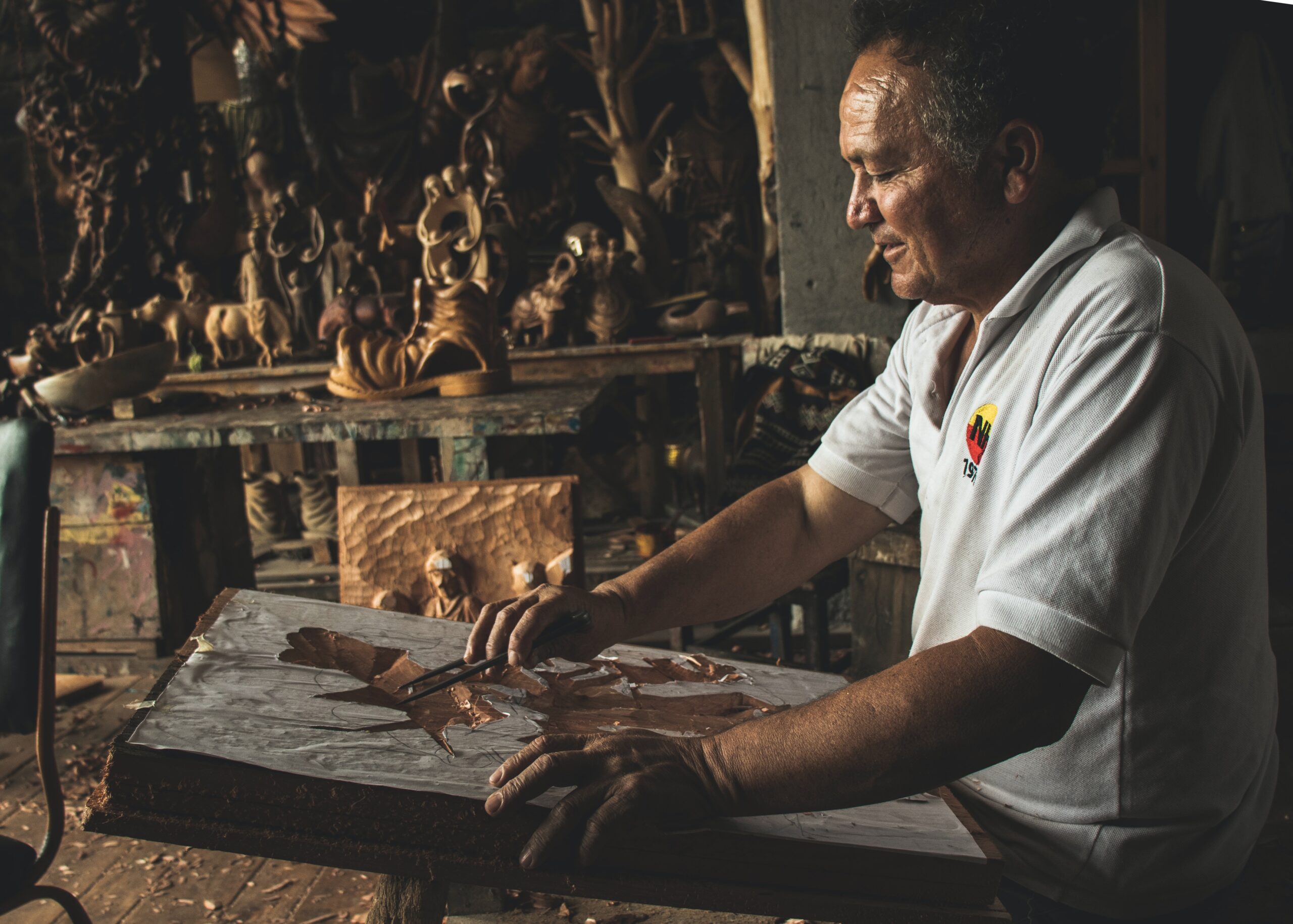Carpentry apprenticeship training typically lasts between three and four years.
Trim Carpentry
Trim carpentry involves the creation of decorative trim and molding that is used to enhance the appearance of a building or room. Trim carpenters must have a strong understanding of design principles, as well as a knowledge of different types of wood and finishes.
Shipbuilding
Shipbuilding is a specialized type of carpentry that involves the creation of ships and other watercraft. Shipbuilders must have a strong understanding of structural engineering principles, as well as a knowledge of different types of wood and finishe Shipbuilders use a variety of tools, including saws, chisels, and drills, to shape and join wood to create the framework for the ship. They also use specialized tools such as caulking irons and hammers to seal and fasten the wood.

Trim carpenters use a variety of tools, including miter saws, routers, and sanders, to cut and shape the wood. They also use specialized hand tools such as chisels and hand planes to create intricate details and smooth surfaces.

Furniture makers use a variety of tools, including table saws, band saws, routers, and sanders, to cut and shape the wood. They also use specialized hand tools such as chisels and hand planes to create intricate details and smooth surfaces.

Shipbuilding requires a high level of precision and attention to detail, as the safety and functionality of the ship depend on the quality of the construction. Shipbuilders must also be knowledgeable about safety regulations and standards, as well as the environmental impact of their work.
Timber
Timber framing is a traditional type of carpentry that involves the creation of large wooden frames that are used in the construction of buildings such as barns, homes, and commercial structures. Timber framers use a combination of hand tools and power tools to create strong, durable frames that can support the weight of the building.
Restoration
Restoration carpentry involves the repair and restoration of historical buildings and structures. Restoration carpenters must have a strong understanding of historical carpentry techniques and materials, as well as a knowledge of modern building codes and safety regulations.

carpenters
Restoration carpenters use a variety of tools and techniques to repair and replace damaged or decayed wood, while maintaining the historical integrity of the building. They may also be involved in the creation of replica pieces that match the original carpentry.

materials
Green carpentry involves the use of materials such as reclaimed wood, bamboo, and recycled plastic, as well as the use of energy-efficient tools and practices. Green carpenters may also be involved in the design and construction of sustainable buildings and structures.

profession
Carpentry is a diverse and rewarding profession that requires a combination of technical skill, creativity, and knowledge. Whether you are interested in rough carpentry, finish carpentry, or any of the other types of carpentry, there are many opportunities to learn and grow in this field.
Types
As you explore the different types of carpentry, it is important to consider your own interests and skills, as well as the demands and requirements of each type. With the right training and experience, you can become a skilled carpenter and make a valuable contribution to the construction and design industries.
Carpentry apprenticeships are an excellent way for individuals to learn the trade and become a skilled carpenter. Carpenters are skilled craftsmen who work with wood, building and creating structures, furniture, and other wooden items.

sustainable
Green carpentry, also known as sustainable or eco-friendly carpentry, involves the use of environmentally friendly materials and practices in carpentry projects. Green carpenters must have a strong understanding of sustainable materials and practices, as well as a knowledge of green building standards and regulations.
